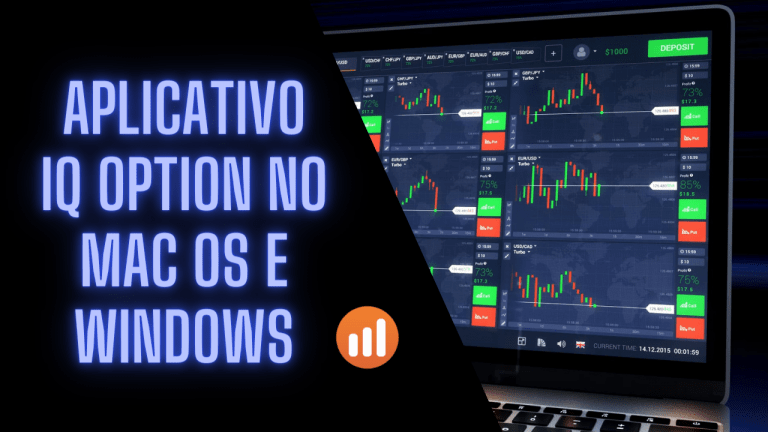The transportation industry has undergone a seismic shift over the past decade, and at the heart of this revolution is Uber. What started as a simple app to hail a ride has now become a global phenomenon, redefining the way we think about urban mobility. But what is it about Uber that has sparked such a massive transformation? Let’s dive into the key factors driving this evolution and how it’s impacting cities and consumers alike.
The Birth of a Disruptor
Uber didn’t just enter the transportation market—it disrupted it. Before Uber, catching a ride in most cities meant relying on traditional taxis, which often came with limited availability, high fares, and, let’s face it, inconsistent service. With Uber, that all changed. Through an app, users could summon a ride within minutes, track their driver’s location, and even rate their experience afterward. It was a game-changer, offering convenience, transparency, and competitive pricing.
But Uber’s rise isn’t just about convenience—it’s about revolution.
Transforming Urban Landscapes

One of the most significant impacts of Uber has been on urban infrastructure. As the app gained popularity, cities around the world started noticing a shift in commuting habits. Many people who once relied on their own cars or public transportation began turning to Uber for daily travel. The convenience of not having to deal with parking, traffic, or maintenance made Uber an attractive alternative to car ownership.
Is this the end of personal cars in cities? Maybe not just yet, but the trend is clear.
Cities like San Francisco, New York, and London have seen a decline in the number of privately owned vehicles as Uber and similar ride-sharing services have made it easier to navigate without the burden of owning a car. Additionally, Uber has launched initiatives like UberPOOL, which allow passengers going in the same direction to share rides, further reducing the number of vehicles on the road and cutting down on emissions.
The Gig Economy and the Workforce
Uber didn’t just revolutionize how we move—it also disrupted the workforce. Drivers around the world now have the opportunity to make money on their own terms, with flexible hours and the ability to work as much or as little as they want. However, this flexibility has come with its share of controversy. Critics argue that Uber drivers are underpaid and lack the benefits and protections typically associated with traditional employment.
So, is Uber empowering workers or exploiting them?
The answer isn’t black and white. While many drivers appreciate the freedom that comes with working for Uber, others have voiced concerns about pay inconsistencies and the company’s resistance to classifying drivers as full-time employees. Nonetheless, Uber has continued to grow, with millions of drivers worldwide choosing to be part of the gig economy.
Embracing Technology: The Future of Uber
Uber has never been just about getting from point A to point B. The company has always had its eyes on the future. With investments in self-driving cars, flying taxis, and electric vehicles, Uber is positioning itself at the forefront of the next wave of transportation innovation.
Imagine a world where Uber vehicles are autonomous, eliminating the need for human drivers entirely. Not only would this revolutionize the way we travel, but it would also significantly reduce costs, making ride-hailing even more affordable. Additionally, Uber’s vision of flying taxis could one day solve urban congestion problems by taking to the skies, reducing travel times in cities where traffic is a constant headache.
Is this science fiction or the next chapter in urban mobility?
Only time will tell, but Uber has shown it’s willing to push the boundaries of what’s possible.
Uber and Sustainability: A Greener Future
Another area where Uber is making strides is in sustainability. The company has committed to becoming a zero-emissions platform by 2040, with plans to transition all rides to electric vehicles and work with drivers to help them switch to greener options. In cities where air pollution and traffic congestion are growing problems, this could be a game-changer.
Uber Green, a service that offers passengers the option to request electric or hybrid vehicles, is already available in many cities, signaling that the company is serious about making transportation more eco-friendly.
But will Uber’s sustainability efforts be enough to make a real difference?
That remains to be seen, but with global pressure mounting on corporations to reduce their carbon footprints, Uber’s commitment to the environment is a step in the right direction.
Conclusion: A Revolution in Progress
Uber’s journey from a simple ride-hailing app to a global leader in urban mobility has been nothing short of revolutionary. As it continues to innovate and adapt to new challenges, Uber is shaping the future of transportation, not just for drivers and passengers, but for cities and the planet. Whether it’s through autonomous vehicles, flying taxis, or a greener fleet, Uber is pushing the boundaries of what’s possible in the world of mobility.
The question now is, are we ready for the next chapter of this revolution?
By staying ahead of the curve, Uber has proven time and again that it’s more than just a ride-sharing service—it’s a force driving the future of transportation.






